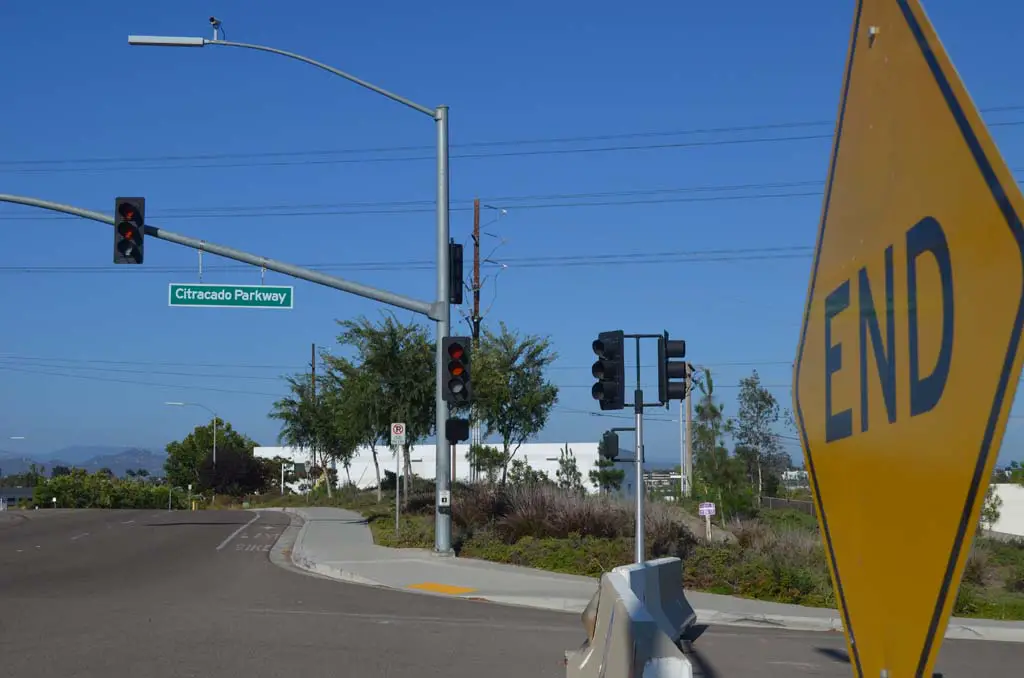ESCONDIDO — An expected funding shortfall has put a hold on any ground breaking for the city’s planned project to extend Citracado Parkway.
The funding shortfall was known from the beginning of the project, explained Julie Procopio, assistant director of Public Works/Engineering.
“The project schedule has really always been based on when we can pull the funding together,” she said.
As of last year, the project’s funding shortfall was estimated at $10 million. The project’s total cost is about $35 million, which includes the work that’s already been done.
Some of the funding that’s already been secured has come from a combination of TransNet funds and funding set aside from the Palomar Health hospital project and regional transportation development fees.
Procopio said it will take a little longer to pull together the funding, though she added that the city is actively seeking grant sources to help fund the project.
The city manager’s newsletter announced in late-August that the city would be applying for a federal Economic Development Assistance grant.
Several months ago, the city applied for a TIGER (Transportation Investment Generating Economic Recovery) grant, though in a Sept. 11 newsletter it was announced that they weren’t awarded it.
The money would be going to help fund the finishing of construction drawings, conduct environmental studies and mediation and apply for permits, which would then make the project ready for ground breaking at any time, according to the newsletter.
Though still in the design phase, the work that is going on now in the area is test pit evaluations for cultural artifacts (which they have been finding) with assistance from Native American monitors and the archaeological firm of Brian F. Smith and Associates.
The project is envisioned as a future part of the city’s regional arterial system, Procopio said. “It’s envisioned as an alternative route between the (Interstate) 15 and (state Route) 78, so it’s an important roadway; it’s important to our circulation system.”
She added that today’s level of traffic isn’t what they’re expecting in the future, with existing average daily trips currently listed at 2,700. But that’s mostly because the roadway doesn’t connect from one end to the other.
“But when we connect it through, we are expecting that this will be the most efficient route, looking at 19,400 expected (average daily trips) once the project is completed,” she said.
The project’s Environmental Impact Report was completed in 2012, though there is no timeline to start construction until the budget shortfall is filled.
Procopio said it was pretty common to have projects funded only up to the design phase while finding other funding to complete construction.


